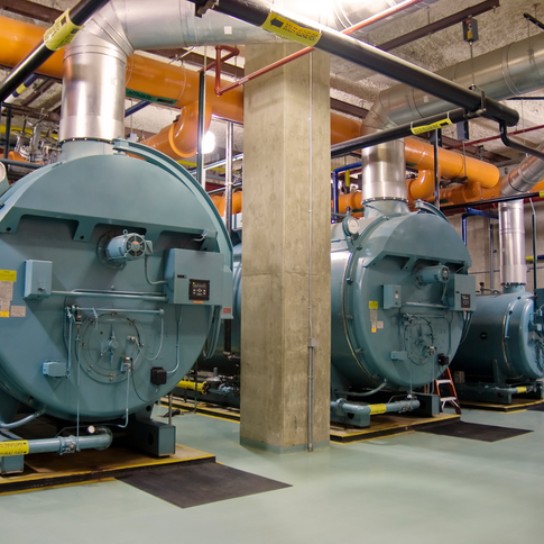Chemical Coagulation and Flocculation in Water Treatment
Chemical coagulation and flocculation are critical processes in water treatment, aimed at removing suspended particles, turbidity, and contaminants to ensure safe and clean drinking water. These methods leverage the use of chemicals to destabilize colloidal particles, allowing for their aggregation and subsequent removal from water. Understanding these processes is essential for both municipal water treatment facilities and industrial applications.
The coagulation process begins with the addition of coagulants, commonly aluminum sulfate (alum), ferric chloride, or polyaluminum chloride, to the water. These substances facilitate the neutralization of the electrostatic charges on suspended particles, which prevents them from clumping together. When water contains impurities, the particles often carry a negative charge, which repels other particles. Coagulation introduces positively charged particles into the system, overriding the negative charges and allowing the suspended particles to bind together.
Once coagulation occurs, the next step is flocculation. This involves gentle mixing of the water to promote the agglomeration of the destabilized particles into larger clusters known as flocs. This step is crucial because larger flocs are easier to remove from the water through sedimentation or filtration. The flocculation process can utilize mechanical stirrers or aerators to facilitate the gentle mixing required to encourage the formation of these larger aggregates without breaking them apart.
After the floc formation, the water typically undergoes sedimentation, where the flocs settle to the bottom of treatment tanks due to gravity. This operation can take several hours, depending on the type and concentration of particles in the water. The settled sludge is then removed and properly disposed of, while the clarified water is further subjected to additional treatments, such as filtration and disinfection, to ensure it meets safety standards for drinking.
chemical coagulation and flocculation water treatment

One of the significant advantages of chemical coagulation and flocculation is their effectiveness in removing not only suspended solids but also dissolved contaminants, such as organic matter and certain heavy metals
. This makes these processes particularly valuable in treating surface water sources, which may contain higher levels of pollutants compared to groundwater.However, the use of chemical coagulants must be carefully managed to avoid issues such as the introduction of additional contaminants or excessive chemical use, which can lead to secondary pollution. Operators must monitor water quality parameters and adjust coagulant doses accordingly, ensuring efficient treatment without compromising the safety of the treated water.
Emerging alternatives and advancements in coagulation and flocculation technology are being explored to enhance the efficiency and sustainability of these processes. For instance, using bio-coagulants derived from natural sources is gaining interest as a more environmentally friendly approach.
In conclusion, chemical coagulation and flocculation are fundamental techniques in modern water treatment. By effectively removing impurities and improving water quality, these processes play a vital role in safeguarding public health and protecting natural water resources. As technology continues to evolve, the future of water treatment will likely see innovations that will enhance the efficiency and sustainability of these essential operations.
-
Water Treatment with Flocculant Water TreatmentNewsJun.12,2025
-
Polymaleic AnhydrideNewsJun.12,2025
-
Polyaspartic AcidNewsJun.12,2025
-
Enhance Industrial Processes with IsothiazolinonesNewsJun.12,2025
-
Enhance Industrial Processes with PBTCA SolutionsNewsJun.12,2025
-
Dodecyldimethylbenzylammonium Chloride SolutionsNewsJun.12,2025





